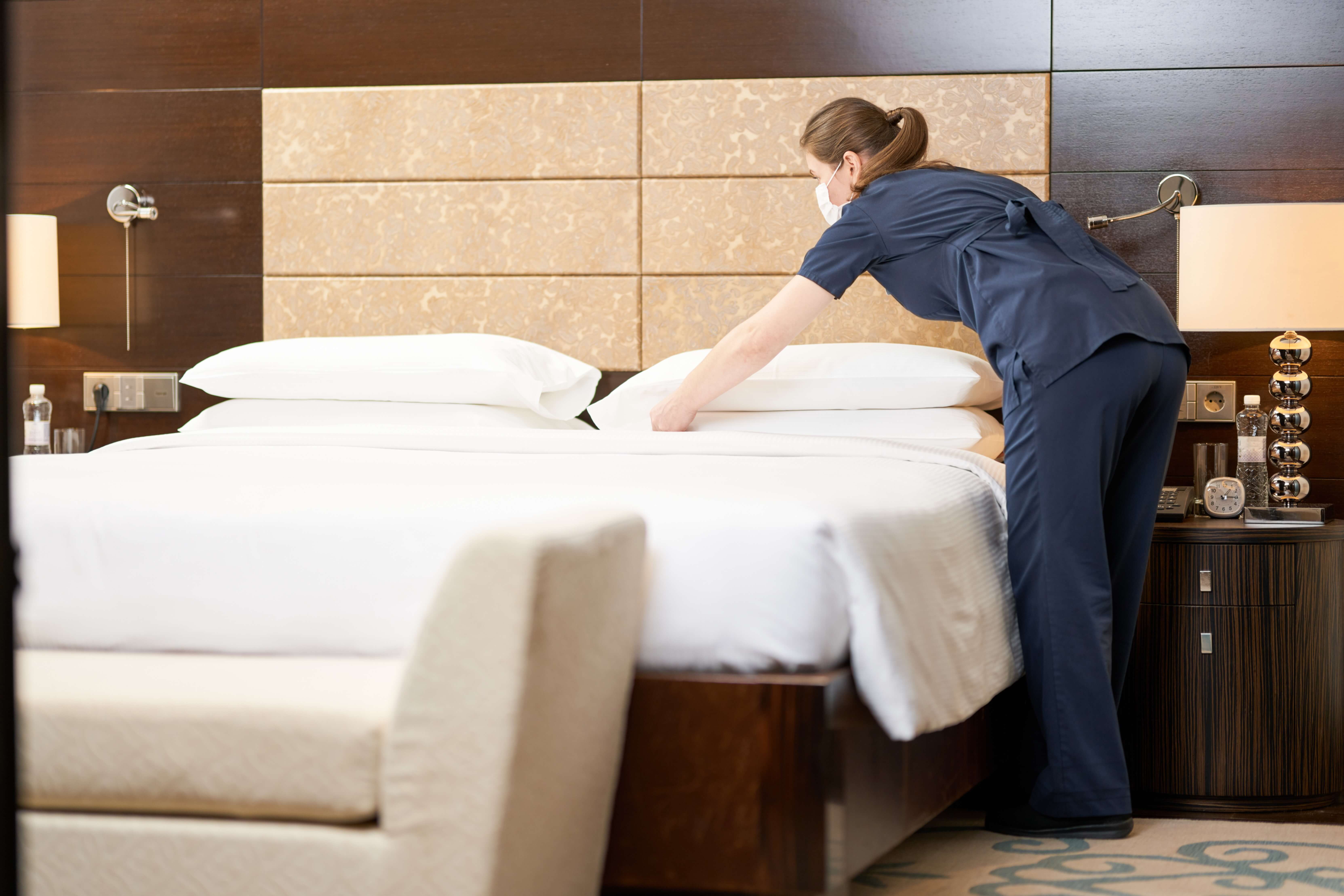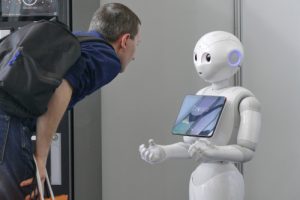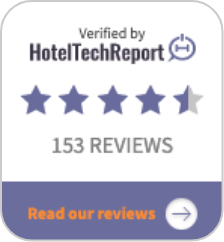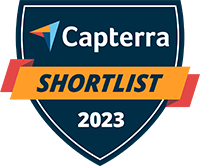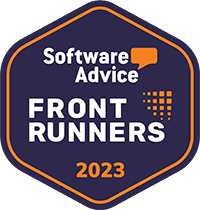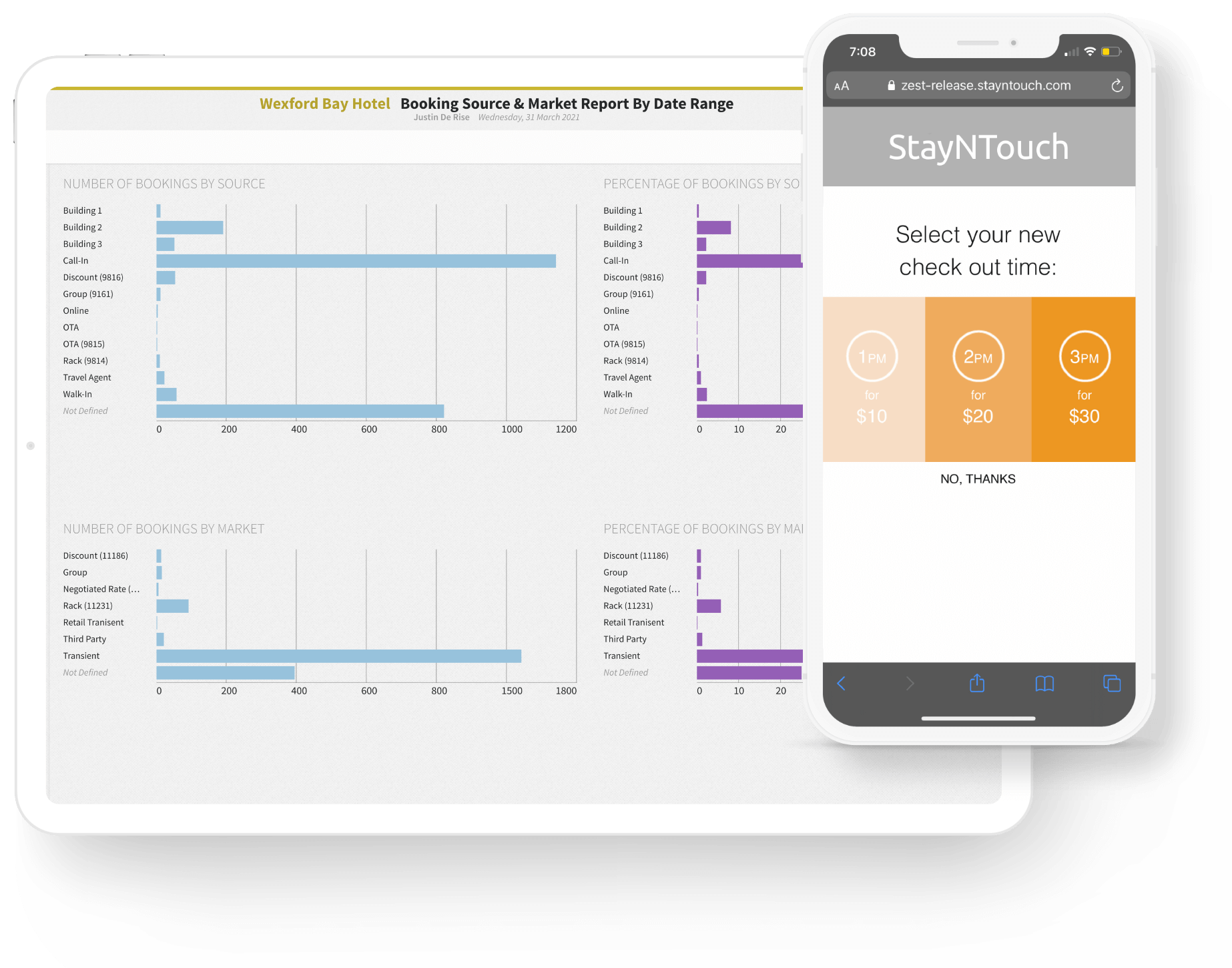We sat down in a series of interviews with the product gurus and industry experts behind the innovation of StayNTouch Cloud PMS to discuss how StayNTouch is helping hotels around the world make the leap to the PMS of the future. In this edition, we speak with Nicole Dehler,
VP of Product Management at StayNTouch to discover how StayNTouch Cloud PMS’ day use and hourly rates functionality allows hoteliers to capitalize on an emerging market for hotels: remote workers.
Q: Why did StayNTouch decide to develop the Day Use and Hourly Rates Functionality?
Nicki Dehler: While we’re not the only PMS provider to offer such functionality, our product provides intuitive integration of day / hourly use into the day to day PMS operations.
We initially developed our day and hourly use functionality for use in airport hotels. The first iterations had slimmed down functionality operating in hourly mode only, but allowed our customers to cater to travelers experiencing flight delays or extended layovers. Later, as we saw an increased necessity for hourly functionality combined with standard hotel operations such as at the TWA Hotel at JFK Airport, we moved our day use functionality into the full PMS, allowing users to apply different rates depending on the time or day, charge rates immediately at check-in, and benefit from the full range of cloud analytics.
Our decision to extend these features and allow our customers to attract remote workers by providing day use workspace was in keeping with our core mission to use innovation to reimagine the guest experience. COVID-19 has changed the way we work and travel, and has presented hotels and guests with new challenges and opportunities. By paying close attention to market trends and customer demands, we were able to enhance our day/ hourly use functionality to help hotels attract an entirely new and growing segment of the hospitality market一 and help hotels diversify their revenue streams in the process.
Q: How does StayNTouch’s day use feature help hotels diversify their revenue strategy and maintain a competitive advantage?
Nicki Dehler: Our Cloud PMS gives hotels the ability to capitalize on the emerging market of remote workers, by allowing them to reserve rooms for day use, at hourly rates. And with this additional revenue stream comes the possibility of even more revenue from business or bleisure related upgrades and amenities.
But attracting the business of remote workers and office-less businesses is not simply a matter of offering rooms or meeting spaces at hourly rates. You have to create a holistic guest experience that is unique to your brand, and specifically tailored to a new type of customer. That is why our cloud PMS is the first to offer full PMS functionality when making hourly or day use bookings.
In this way, hourly reservations will fully reflect in your hotel’s housekeeping and back of the house processes, and guests can enjoy the full range of amenities and upgrades that would be necessary for creating a pleasant work environment. And all of your hourly use and revenue data can be tracked by our reporting and analytics modules, while also remaining separate from nightly revenue data. In this way, you can harness real-time data on your hotel’s hourly use performance, without artificially affecting your ADR or your Occupancy and Revenue Reporting.

Q:Can you explain how StayNTouch Cloud PMS’ day use and hourly rates functionality works?
Nicki Dehler: When reserving rooms for hourly use, our PMS allows for assigning specific check-in times and lengths of stay, as well as different rates depending on the arrival time of the guest. The PMS will also automatically add buffer times to ensure that housekeeping can properly ready the room for the next guest, and automatically post any charges for your guests at check-in, instead of having to wait until the end of the day. This allows the hotel to automatically turn around a day use room several times a day without the risk of reservation overlap or double-booking.
A key feature of our day use functionality is the hourly room diary. This allows you to see which rooms are booked on an hourly basis, in an intuitive and visually appealing user interface. The hourly diary uses a combination of “select-and-click” and “drag-and-drop” technology so that hoteliers can easily add, change, or update reservations.
Q: How can hoteliers utilize these features to capitalize on the rise of remote workers?
Nicki Dehler: The post-pandemic hospitality industry is faced with a number of competing trends: On the one hand, government lockdowns, social distancing regulations, and general concerns about safety have lowered occupancy rates and revenue. On the other hand, with increasing numbers of professionals working from home, hotels can capitalize on a growing and sustainable market segment by providing a quiet working environment during the workday.
While working directly from home may be convenient, it also comes with downsides: from a lack of necessary office equipment, to noisy pets or family members, to just the monotony of being confined to the same space day-after-day. But forward thinking hotels can offer remote workers an escape: A quiet, luxurious work environment, complete with modern office equipment, staff-members who can take care of administrative needs (such as shipping or ordering equipment), and dining facilities for lunch, business dinners or happy hours.
French hotel group Accor, for example, is taking full advantage of this co-working trend, by converting up to 10 percent of its rooms into day use office space. These daytime co-working bookings are typically offered at rates below the standard nightly rate, and can be booked in up to a five-day package. Ascott is also jumping on the “space-as-a-service” model, by offering a Work-in-Residence initiative that features comprehensive business amenities combined with live-in apartment and parcel collection hubs.
Learn more about StayNTouch Cloud PMS and see how the platform can take your revenue and operations strategy to new heights.
Contact Us to learn more or Request a Demo now.

